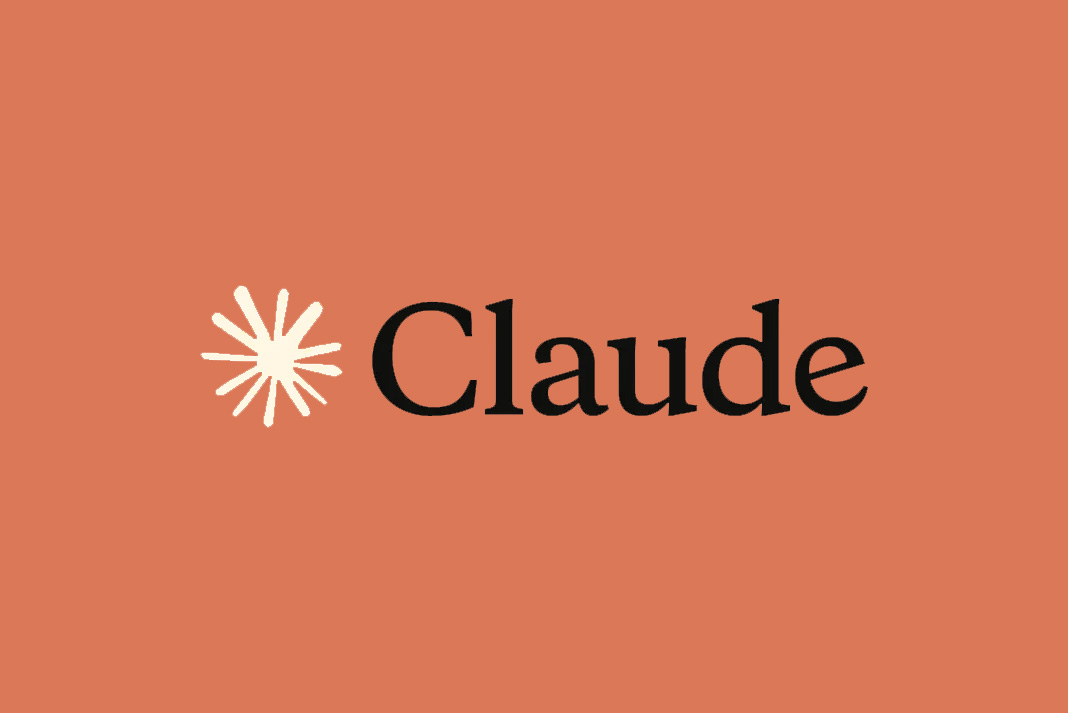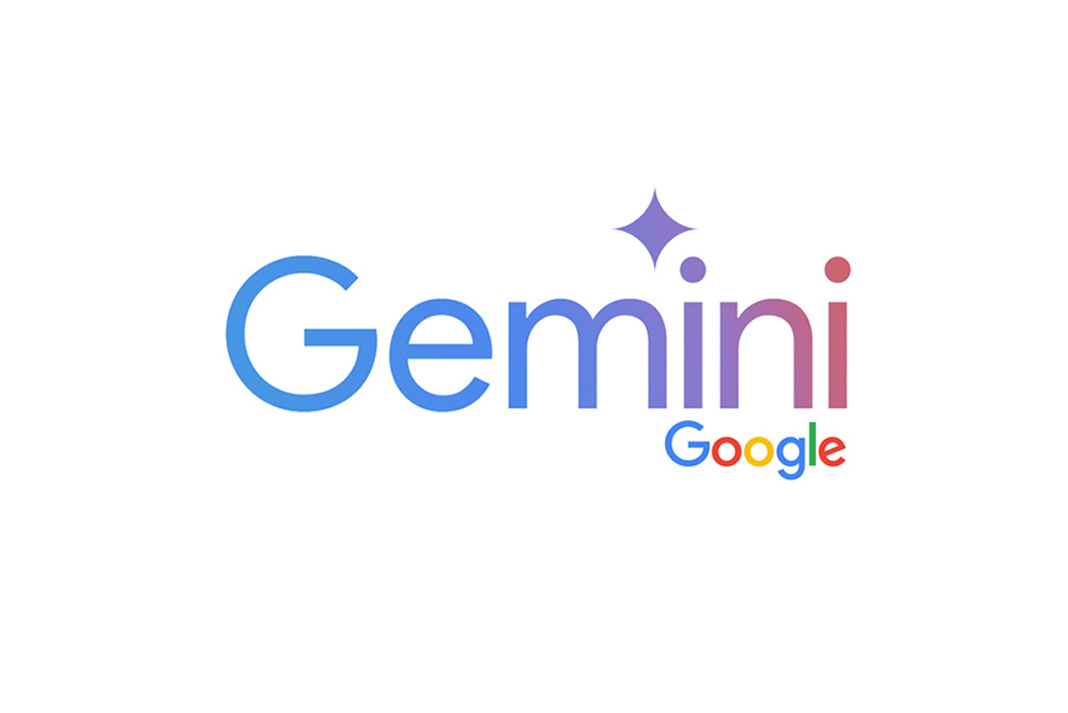This month’s updates to Anthropic’s Claude AI models focus on improving how you work with AI, whether you’re coding, collaborating, or managing data. The key advances bring fresh connections to popular tools, smarter model variants that blend speed with depth, and new dashboards that help teams track AI usage in real time. If you’ve ever felt you were juggling too many apps to get simple tasks done, or wished your AI assistant understood your workflow a little better, these upgrades aim to smooth those edges.
—
✅ Connected Tools Directory: Claude Becomes a More Collaborative Partner
Anthropic has introduced a new directory of tools that connect directly to Claude, transforming it from a standalone assistant into an AI collaborator embedded in your usual apps. With one click, users can link Claude to services like Notion, Canva, Stripe, Figma, Socket, and Prisma.
For marketers or content creators, imagine generating a campaign brief and seamlessly turning it into a Canva design without leaving your chat window. Developers can authenticate access to platforms onboarding Stripe or Figma data, allowing Claude to assist with financial summaries or design tweaks on the fly.
This integration also means that Claude can draw on your actual work context, so responses feel more tailored and actionable rather than generic. Available on web and desktop (paid users get remote app access), this update marks a clear step from AI that just follows instructions to AI that actively participates in your workflow.
—
✅ Claude Code Gains a Visibility Dashboard for Software Teams
If you’ve ever felt like wrangling AI-assisted coding was a bit of a mystery box for project managers, this update should help. Anthropic has added a real-time metrics dashboard for Claude Code, revealing what dev teams are working on and how AI tools are being used, including lines of code accepted, user activity, and cost tracking.
For developers, this means greater transparency about which AI suggestions get accepted without disrupting their flow from the terminal. For team leads, it offers a way to measure when and how AI is helping, keeping an eye on expenses and workflow efficiency – especially when using Claude Code alongside the new Claude 4 models, such as Opus 4 and Sonnet 4.
—
✅ Claude Sonnet 3.7 and Tooling Optimisations: Smarter, Faster AI
Under the hood, Claude Sonnet 3.7 introduces a neat feature: it can provide near-instant answers or take you through detailed reasoning step by step. This flexibility benefits analysts or researchers who might want a quick summary or a deeper walk-through of complex data.
Additionally, improvements in token-efficient tool use mean Claude can now work smoother and faster when integrating with external tools , a quiet but meaningful upgrade for anyone auto-summarising meeting transcripts or syncing inventory with Shopify.
Plus, updated versions of text editing and command-line (bash) tools decouple them from the computer use system prompts, making their application more modular and easier to manage.
—
If you, like me, sometimes find yourself hesitant to fully trust AI-generated results without a second glance, it’s encouraging to see these practical upgrades aimed at transparency, control, and smoother integrations. Whether you’re drafting social posts, refining code, or keeping tabs on your team’s AI usage, Claude’s evolving in ways that help reduce friction rather than add to it. Personally, I think the new tooling connections alone could save several steps for anyone juggling multiple platforms during a busy day.
Curious to dive in and see how these updates fit your workflow? Head over to claude.ai to explore, try new integrations, and share your thoughts. Subscribing for updates can also keep you in the loop as Claude’s journey continues.





